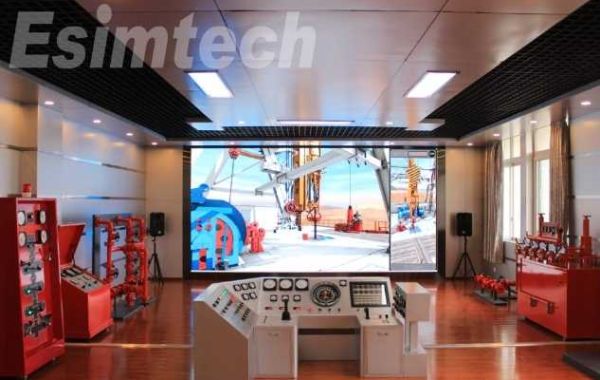The Power of Visual Learning
Humans are visual creatures. We process information more efficiently when it's presented in a visual format. 3D animation takes this principle to new heights by creating immersive, interactive learning experiences. Complex equipment, like drilling rigs and refineries, can be brought to life in stunning detail, allowing trainees to explore and understand their components in a safe and controlled environment.
Key Benefits of 3D Animation in Oil and Gas Training
Enhanced Comprehension: By visualizing complex concepts, trainees grasp information more quickly and retain it longer.
Improved Safety: Simulating hazardous situations without putting employees at risk is invaluable. Trainees can learn from mistakes without real-world consequences.
Cost-Effective Training: Reducing on-the-job training time and minimizing equipment damage leads to significant cost savings.
Increased Engagement: Interactive elements and realistic visuals keep trainees focused and motivated.
Standardized Training: Consistent delivery of training content ensures uniform knowledge across the workforce.
Real-World Applications
3D animation can be applied to a wide range of training scenarios in the oil and gas industry:
Equipment Operation: Detailed simulations of drilling rigs, pumps, and other machinery can teach operators proper procedures and troubleshooting techniques.
Safety Procedures: Visualizing emergency response plans, fire prevention, and hazardous material handling reinforces safe work practices.
Maintenance and Inspection: Training employees on equipment maintenance and inspection procedures can prevent costly breakdowns.
Process Understanding: Complex processes like refining and pipeline operations can be simplified through visual explanations.
Environmental Impact: Demonstrating the industry's commitment to sustainability by showcasing environmentally friendly practices.
The Future of Oil and Gas Training
As technology continues to advance, we can expect even more sophisticated and immersive 3D training experiences. Virtual reality and augmented reality will further enhance learning by placing trainees directly into simulated environments.
By embracing 3D animation, the oil and gas industry can create a safer, more efficient, and knowledgeable workforce. It's an investment in the future of the industry and the people who drive it.








